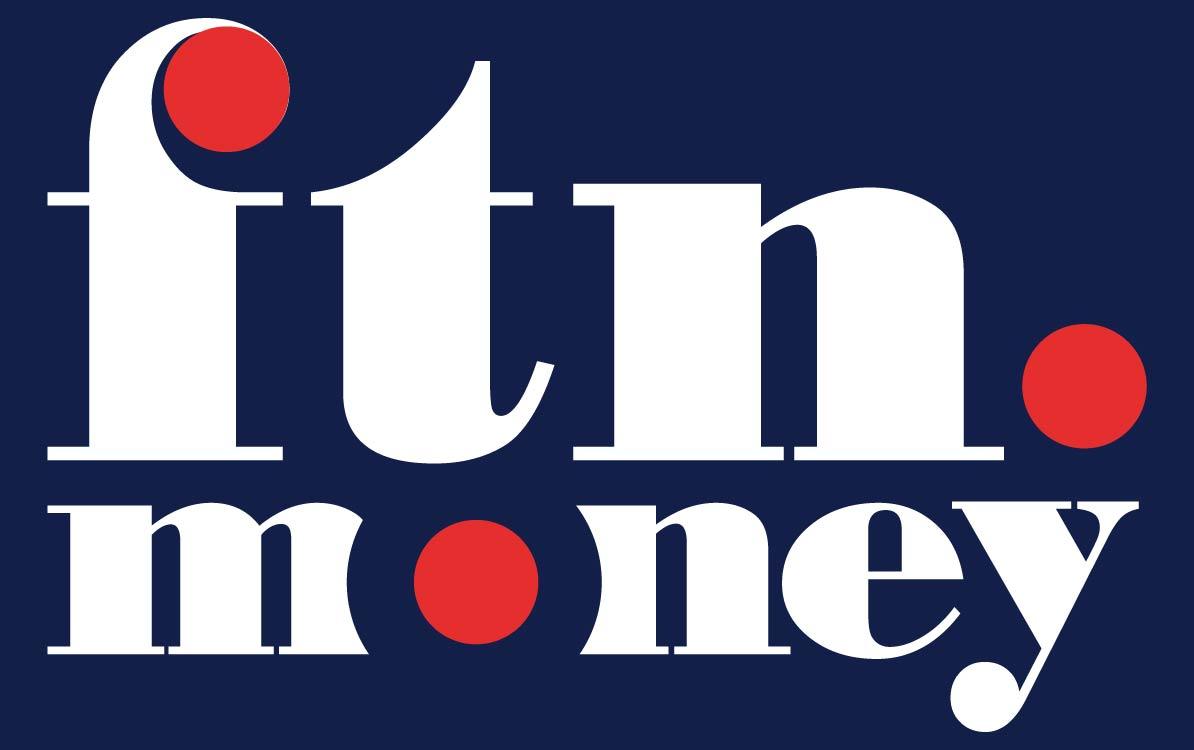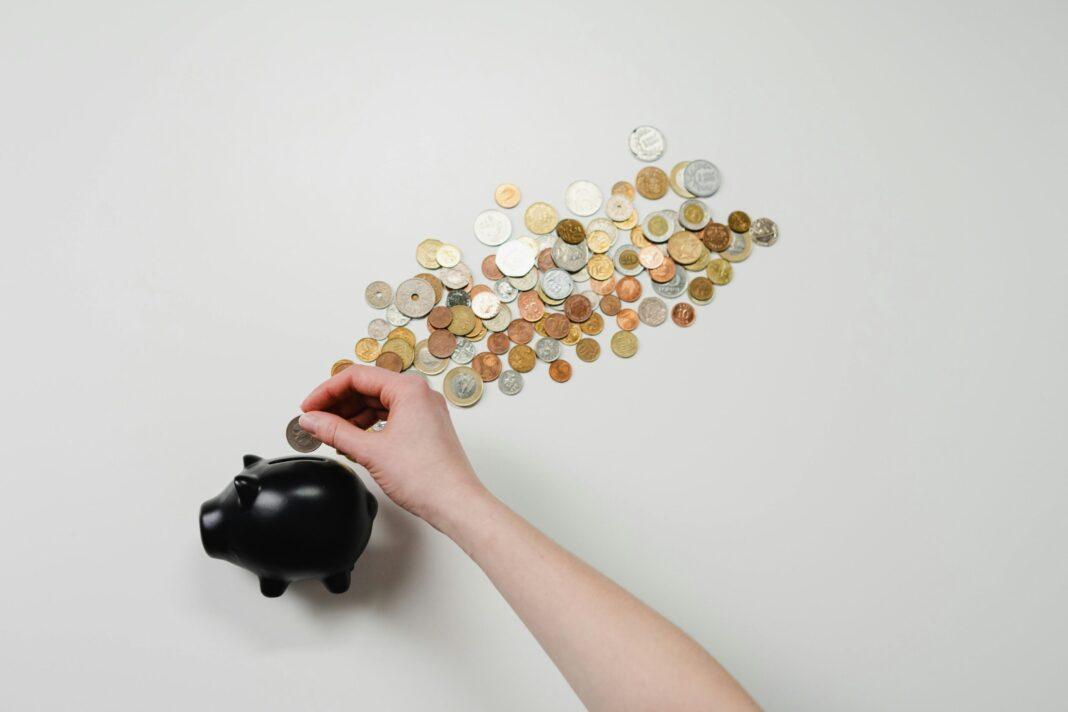How Peer-to-Peer Money Transfers Are Changing the Way We Send and Receive Money
The Evolution of Money Transfer Methods
The Early Days of Money Transfers
Money transfer methods have come a long way since their inception. In the 19th century, telegraph payments revolutionised the way people sent money, with Western Union playing a pivotal role in this early form of money transfer. This method allowed for faster transactions compared to traditional postal services, but it was still relatively slow and expensive.
In the 20th century, bank-based wire transfers emerged as the dominant method for transferring large sums of money. These transfers were faster and more secure than telegraph payments, but they required significant processing time and often involved high fees.
The Digital Shift: From SWIFT to Fintech Disruptors
The 1990s and 2000s saw the advent of digital banking and early fintech innovations. PayPal, launched in 1998, was one of the pioneers in online money transfers, offering a convenient and secure way to send and receive payments over the internet. This marked the beginning of the digital shift in money transfer methods.
In the 2010s, P2P payment apps like Venmo, Zelle, and Cash App gained popularity, offering instant and low-cost transactions through mobile devices. These apps leveraged existing banking infrastructure and provided a user-friendly interface for consumers.
The 2020s have brought further innovation with the integration of cryptocurrency and decentralised finance (DeFi) into P2P payments. Platforms like Revolut and Wise have expanded their offerings to include multi-currency accounts and real-time exchange rates, making cross-border transactions more accessible and cost-effective.
What Are Peer-to-Peer (P2P) Money Transfers?
Definition & How P2P Transfers Work
Peer-to-peer (P2P) money transfers involve direct transactions between two parties without the need for intermediaries like banks. These transactions are typically conducted through mobile or web applications, linking users’ bank accounts, credit/debit cards, or digital wallets.
Popular P2P platforms include PayPal, Wise, Revolut, Venmo, Google Pay, and Apple Pay. These platforms enable users to send and receive money instantly, often with minimal or no fees.
Global Adoption & Popular P2P Platforms
P2P payment platforms have seen significant global adoption, with different regions favouring specific platforms:
- North America: Venmo, Cash App, Zelle
- Europe: Revolut, Wise, SEPA transfers
- Asia: Alipay, WeChat Pay, Paytm, GCash
- Africa: M-Pesa and the mobile banking revolution
The Benefits of Peer-to-Peer Money Transfers
Speed & Convenience
P2P transfers offer instant transactions, a stark contrast to traditional bank transfers that can take days to process. These platforms are available 24/7, providing users with the flexibility to send and receive money at any time.
Cost-Effectiveness
P2P platforms typically charge lower fees compared to bank wires and international remittances. Many platforms offer free transactions for domestic transfers and competitive rates for cross-border payments. This cost-effectiveness is particularly beneficial for users sending money to family members in other countries.
Financial Inclusion
P2P payments have empowered unbanked and underbanked communities by providing access to financial services through mobile devices. In emerging markets like Kenya, platforms like M-Pesa have revolutionised financial inclusion by enabling users to conduct transactions without a traditional bank account.
Multi-Currency & Cross-Border Capabilities
Platforms like Wise and Revolut offer real exchange rates, significantly reducing remittance fees. The integration of blockchain and stablecoins has further enhanced cross-border transactions by providing faster and more transparent processes.
Security & Encryption
P2P platforms employ end-to-end encryption and two-factor authentication (2FA) to ensure secure transactions. Biometric authentication methods like face and fingerprint ID add an extra layer of security, protecting users from fraud and data breaches.
The Challenges and Risks of P2P Money Transfers
Fraud & Scams
The rise of P2P platforms has led to an increase in phishing and social engineering attacks. Scammers often exploit these platforms to conduct fraudulent activities, such as fake transactions and identity theft.
Security Vulnerabilities
Mobile payment apps are susceptible to hacking risks and data breaches. Fake accounts and identity theft are common issues, compromising users’ financial information and personal data.
Lack of Consumer Protection
P2P platforms often have limited recourse for unauthorised transactions. Chargeback policies and buyer protection mechanisms are generally weaker compared to traditional banking systems, leaving users vulnerable in case of disputes.
Regulatory & Compliance Issues
Central banks and financial regulators face challenges in overseeing P2P transactions. Anti-Money Laundering (AML) and Know Your Customer (KYC) requirements are crucial for P2P providers to ensure compliance with regulatory standards.
Cross-Border Transfer Limitations
Some P2P platforms charge high foreign exchange markups, making cross-border transactions expensive. Additionally, not all P2P services are available internationally due to regulatory restrictions and compliance requirements.
Regulation of P2P Money Transfers – How Are They Governed?
The Role of Central Banks & Financial Regulators
Financial regulators like the Financial Conduct Authority (FCA) in the UK, the Securities and Exchange Commission (SEC) in the US, and the EU’s PSD2 directive play a crucial role in regulating P2P platforms. These regulations ensure that P2P providers comply with AML and KYC requirements to prevent financial crimes.
Global Regulations & Standards
The Financial Action Task Force (FATF) guidelines have a significant impact on P2P payments worldwide. Different countries have unique regulatory approaches to fintech, balancing innovation with consumer protection.
Consumer Rights & Legal Protections
When a P2P transaction goes wrong, users need to understand their rights and the available legal protections. Chargeback policies and fraud protection mechanisms vary across platforms, and users should be aware of these differences to safeguard their interests.
The Future of P2P Money Transfers – What’s Next?
1. AI & Automation in Fraud Prevention
Machine learning and AI are revolutionising fraud detection in P2P platforms. By analysing transaction patterns and user behaviour, these technologies can identify and prevent fraudulent activities in real time.
2. Blockchain & Crypto in P2P Payments
Cryptocurrencies like Bitcoin and Ethereum are increasingly being integrated into P2P payments. Blockchain technology offers decentralised, transparent, and secure transactions, reducing the need for intermediaries and lowering costs.
3. Super Apps & Embedded Finance
Super apps like WeChat and Paytm integrate P2P payments with social commerce, creating seamless user experiences. Embedded finance allows businesses to embed financial services directly into their platforms, enhancing user convenience and engagement.
4. Expansion of Instant Cross-Border P2P Payments
Fintech innovations are making real-time international transfers a reality. Platforms are leveraging blockchain and advanced payment technologies to offer instant, low-cost, cross-border transactions, breaking down geographical barriers.
References & Citations
- FCA & EU directives on P2P payments
- PayPal, Venmo, Wise reports on transaction volumes
- World Bank research on digital remittances
By understanding the benefits and challenges of P2P money transfers, consumers, business leaders, and regulators can make informed decisions and shape the future of digital payments.





